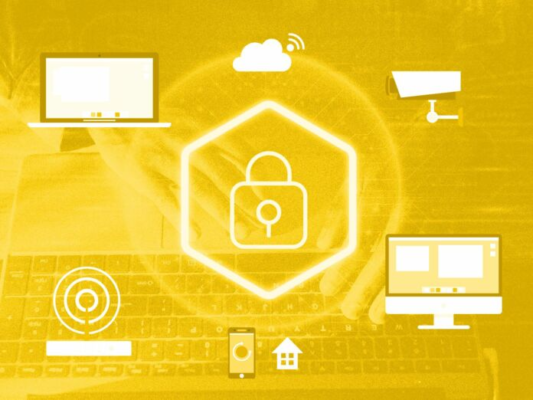Securing the heart of your infrastructure: A comprehensive hybrid approach to server protection
Cloud computing’s advantages are ubiquitous in today’s digitally dominated landscape. More than 80% of organizations leverage Microsoft Azure or Amazon Web Services (AWS) today. However, securing these dynamic environments remains a challenge for many. Cloud servers in particular are one of the most common vectors targeted by threat actors because they are often used to […]
Read MoreIoT Security: Evolving IoT Cybersecurity Roles, Challenges, and Strategies
As the IoT landscape continues to evolve rapidly, new roles are emerging that are crucial for safeguarding data integrity within IoT security networks and protecting personal privacy. The information collected by countless IoT devices is extremely sensitive and heavily influences business decisions. Data breaches in these systems have led to significant social, economic, and diplomatic […]
Read MoreGitHub Copilot expands AI model support
GitHub Spark, meanwhile, makes it easy for developers of all skill ranges to bring ideas to life by using natural language to build micro apps called a “spark,” GitHub said. Sparks are fully functional micro apps that can integrate AI features into external data sources without requiring any management of cloud resources. Using a creativity […]
Read MoreWhy we get buggy software
As a result, an inevitable tension exists between the groups that are trying to produce new software and features and the groups that are trying to make money with these new products and features. Because software is so malleable and able to deliver new features, customers make purchasing decisions partly on current features, but often […]
Read MoreHow Next-Gen Connectivity Will Redefine Urban Life
Next-gen connectivity revolutionizes the way you link with people around the world. With the rise of the Internet of Things (IoT), 5G, and advanced networking technologies, you can experience smart cities where you can easily navigate, connect to the world, and travel without any hassle. IoT connectivity in urban areas could be the key to […]
Read MoreEnter the Neoverse with Azure’s Cobalt servers
If you don’t need as much RAM, you can take the second option, the Dplsv6 and Dpldsv6 VMs that offer the same number of vCPUs and up to 192GB of RAM. These work well for small workloads, for example, the various components of a microservice architecture. At the other end of the scale, the third […]
Read MoreFrom People Counting to People Sensing: IoT for Business Insight
Operating a business—any business—is an exercise in resource allocation. When do you need more (or less) staff? Where could you save on energy costs? Which of your investments should you double down on, and which should you abandon? You can get answers to all these questions by studying human behavior. Which humans? That will vary […]
Read MoreJava proposal would shrink JDK by 25%
In an effort to improve Java performance in cloud environments, an OpenJDK proposal is afoot to reduce the size of the JDK (Java Development Kit) by about 25%. The plan calls for enabling the jlink tool to build custom runtime images without using the JDK’s JMOD files. The JDK Enhancement Proposal (JEP), titled Linking Run-Time […]
Read MoreWhen Is the Right Time to Exit Your IoT Startup?
The IoT startup industry is booming due to the demand for smart, connected devices in various sectors, such as health care, manufacturing, and smart cities. However, this growth comes with fierce competition and the need for constant innovation to stay relevant. The fast-paced nature of technological advancements adds pressure for startups to scale quickly and […]
Read More










